Excavation And Backfilling [What, Why, How]
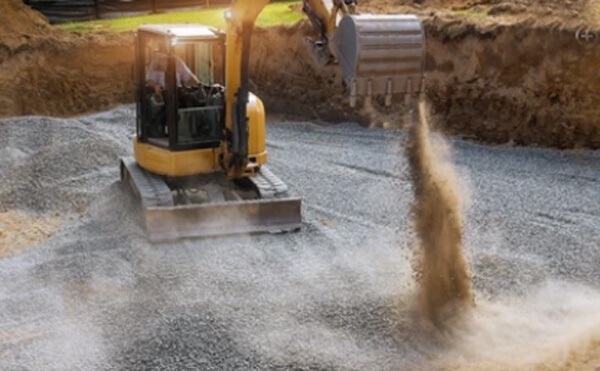
Excavations and trenches are required for the earthworks to be completed. It consists of numerous processes, the most important of which are excavation and backfill work, soil removal, and waste transfer. The excavation is the digging of the ground and the backfilling of the latter.
It is possible to change the basic look of the terrain by flattening it in critical areas. The goal of these ground preparations is to provide a stronger foundation for the eventual project. When we begin earthwork, we must consider how to estimate excavation and backfill expenses.
You will learn more about it as we proceed with the article.
Contents
What Are Excavation And Backfilling
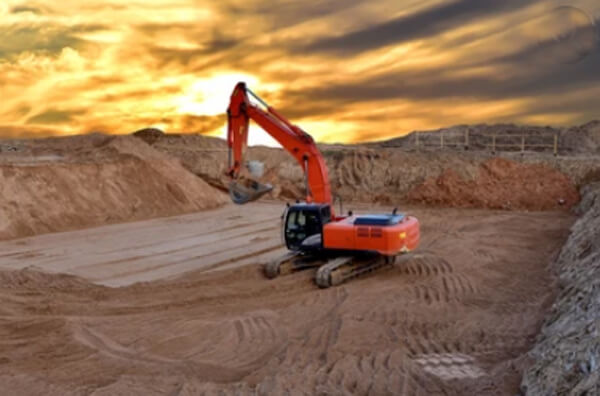
Excavation work is defined as the removal of dirt or rock from a place in order to make an open face, pit, or cavity using tools, machines, or explosives. Excavation can take place anywhere, including:
- on building sites
- on commercial property
- At public places
Excavation work entails:
- potholing
- excavations in pits
- retaining walls and pits
- drives and shafts
Backfilling is the practice of refilling or reusing soil removed during building construction to reinforce and maintain the foundation of a structure or any other structural part.
Excavation and Backfilling Equipment
The following equipment was utilized for foundation earthwork:
Excavation and Backfilling of Soil Scope of Work
- Creating corner benchmarks.
- Check the ground levels.
- Look for the highest levels.
- Excavation to a certain depth.
- Loose soil dressing
- Making up to the cut-off point
- Building dewatering wells and associated trenches.
- Building borders are being marked.
- Building protection bunds and drains
Why Excavation And Backfilling is Important
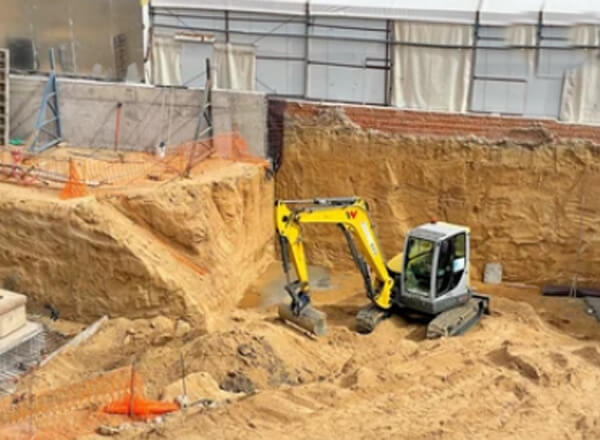
Excavation is much more than just excavating a hole. Excavation is the process of moving and removing earth and rock from a work site in order to create an open hole, trench, tunnel, or hollow. Drilling, trenching, and grading services may be provided.
This usually entails the use of heavy gear such as bulldozers, backhoes, excavators, and front loaders. Excavation is essential for every building project because it establishes a solid foundation and offers a stable surface for the surrounding property.
Backfilling is a critical step in the building process. Backfilling is the process of compacting earth back into a trench or foundation after it has been excavated. It uses a combination of earth, pebbles, and stones to protect foundations, streets, walkways, and other buildings.
Backfilling can be accomplished in a variety of ways, but each method has certain fundamental characteristics in common.
How To Calculate Excavation And Backfill
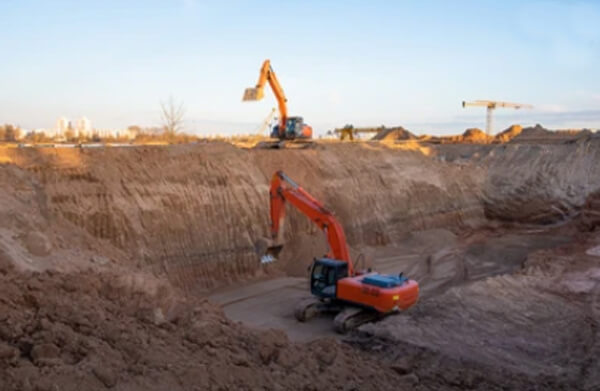
Calculating excavation and backfill is more difficult than calculating soil volume. Compaction and angle of repose must be considered and the depth of excavation must be divided by it before multiplying it with the area of excavation.
A. The Angle Of Repose
The angle of repose is the angle formed by loose materials when put freely on a flat surface. When excavations are done, it is necessary to determine not only the volume of soil directly under the designated area but also the surrounding region around the perimeter, which develops ramps due to the angle of repose of the loose soil after excavation. The angle of repose is determined by the coefficient of internal friction of the material.
The angle of repose of a material can be measured. Take a small sample of the loose material. Pour it on a level surface and calculate the angle it produces concerning the horizontal. We can compute the horizontal distance X that will be added to the volume computation using the law of tangents.
Once the volume of excavation is calculated, it is then multiplied by the unit weight of soil to calculate the weight of the backfill.
Compaction
Backfills are typically compressed to a volume of 25% of the fill volume. Excavated materials, on the other hand, are predicted to grow by up to 25% in volume when loaded for transit. We may get the notion by thinking about compaction and loosening up.
Fill volumes must be multiplied by 1.25 to compensate for compaction.
How To Estimate Excavation And Backfill Cost
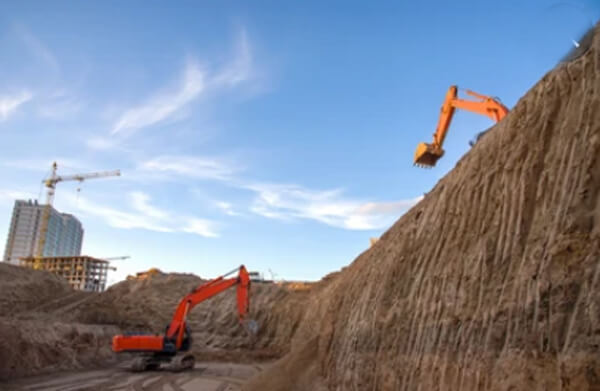
Cost of Excavation
Excavation costs are typically approximated by multiplying the total excavation volume by the excavation price per unit. Assume you wish to construct a pit that is 2 x 2 x 2 meters in size. The market price for excavation is ten dollars per cubic meter. The total amount of excavation in this example is 8 cu.m. The excavation will cost $8*10 = $80.
The excavation cost is determined by four primary factors:
The Size of the Excavations
It explains why it is more typical to compute earthworks per m3 rather than per m2. The size of the excavations also dictates how long the digger will spend on the job.
Soil (Geological) Characteristics
The type of your soil might cause the cost of earthwork to rise. Stony soils are far more difficult to work with than black dirt and necessitate the use of a rock breaker placed on the excavator.
Pricing Methodologies
Each business has its own technique of calculating prices. In certain circumstances, manpower and equipment utilization are assessed on an hourly basis, waste pickup is computed based on the size of the truck, and then extras such as adding a new layer of clay are included.
The Site’s Location and Geographic Location
If the terrain is difficult to access, certain machinery may not be able to get there, requiring the digger to find other, more expensive methods. Prices in metropolitan regions are also greater than those in the suburbs.
Cost Of Backfilling
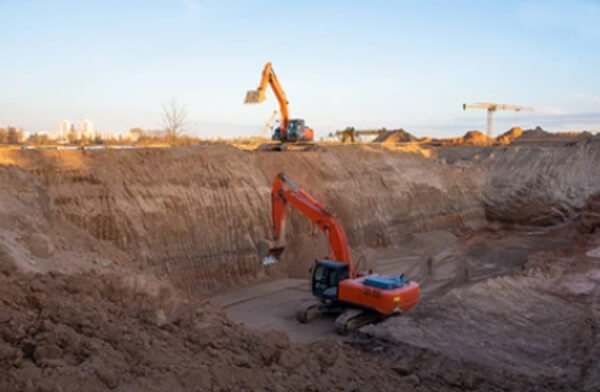
Cot of backfilling has two major components: Cost of material and cost of labor and machinery. The cost of material can simply be calculated by my multiplying the volume of material required (as shown in the previous section) with the per cubic meter or cubic feet cost. Labor and machinery cost depends on the following factors:
- Local material and equipment delivery costs, as well as service provider transportation to and from the project site.
- Expenditures associated with preparing the Jobsite for Trench Backfilling, including costs associated with protecting existing structures, finishes, materials, and components.
- Labor setup time, mobilization time, and minimum hourly costs are all standard included in minor Trench Backfilling operations.
Conclusions
To sum it up, excavation and backfilling are very important construction processes, that must be handled with care. This article showed in detail how you can estimate the excavation and backfilling and what costs you have to bear for it.
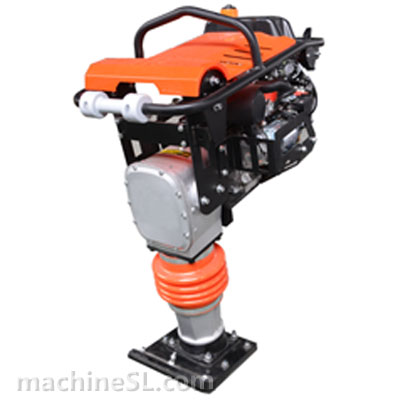
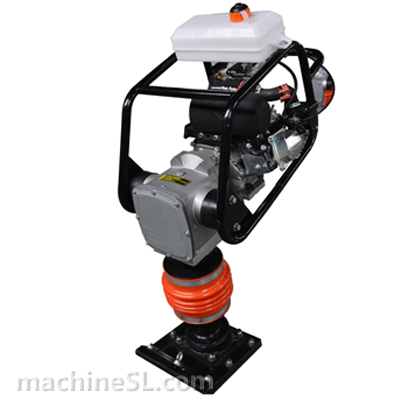

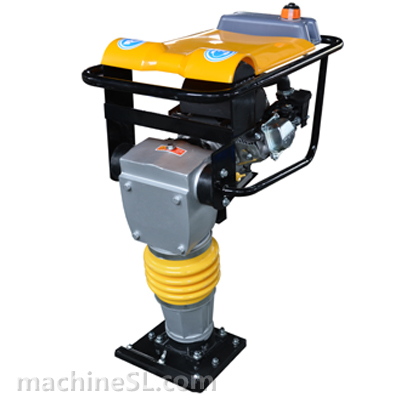
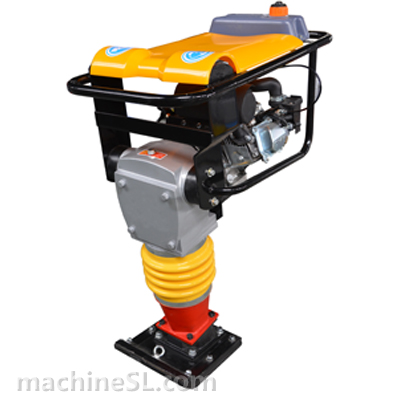
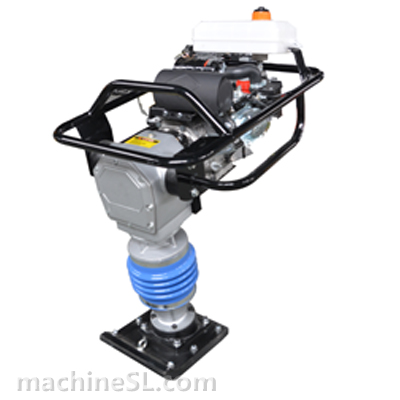
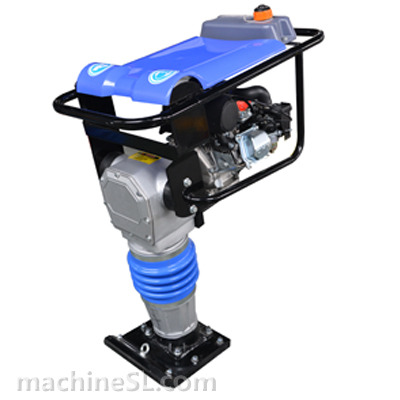
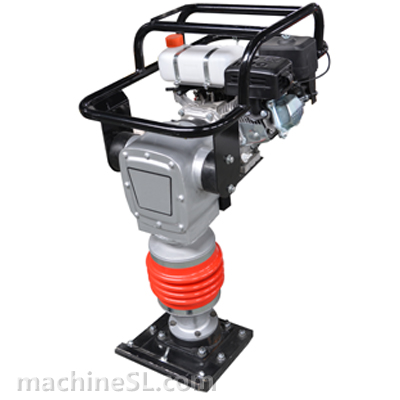
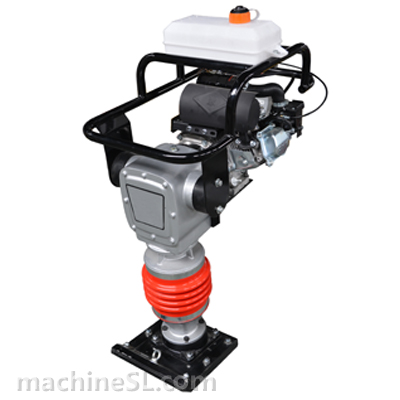
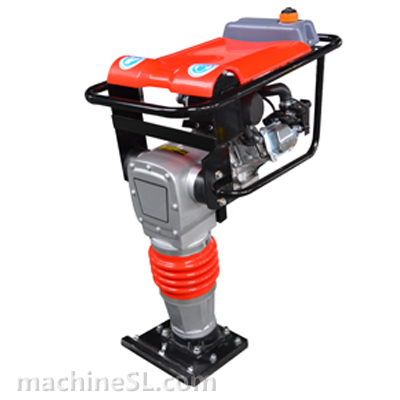
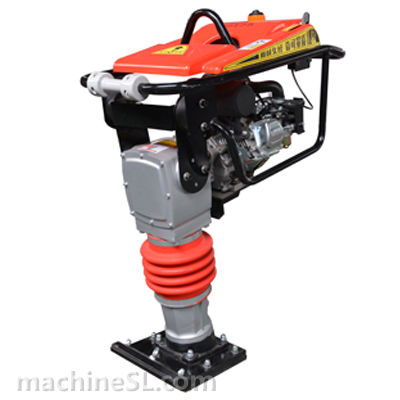
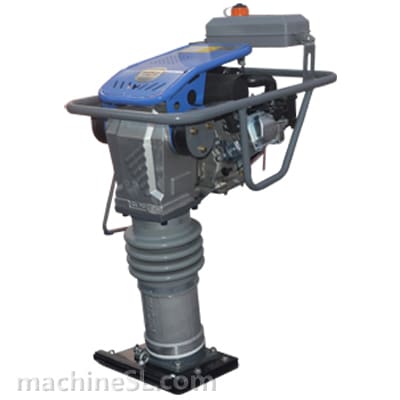

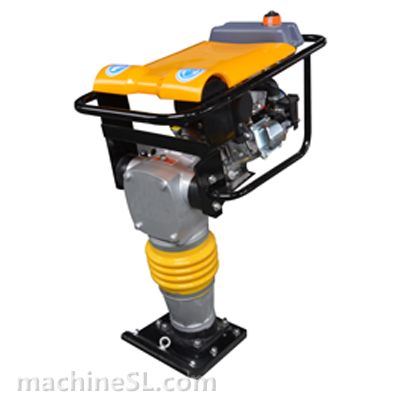
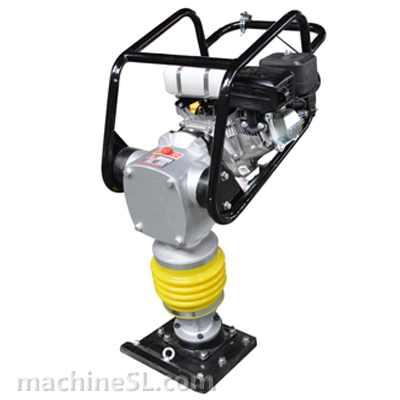
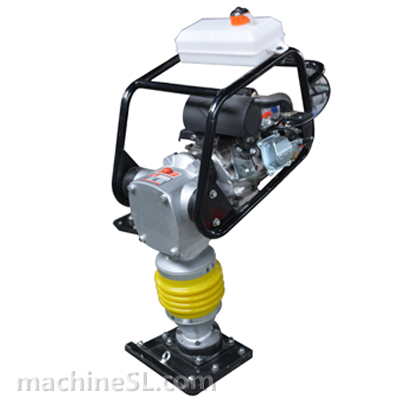
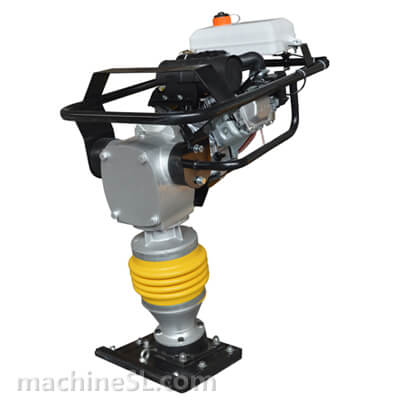

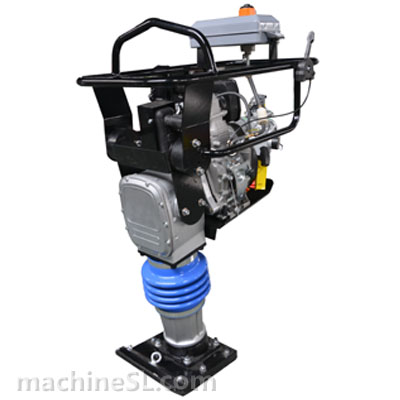
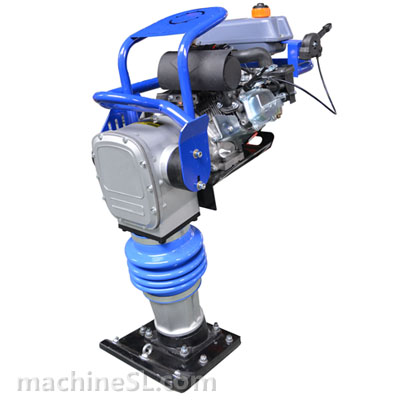

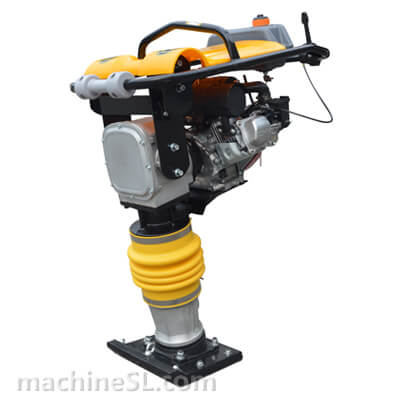
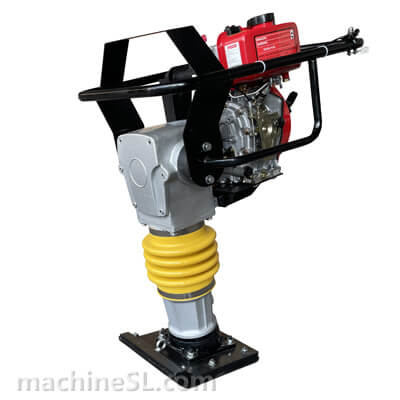
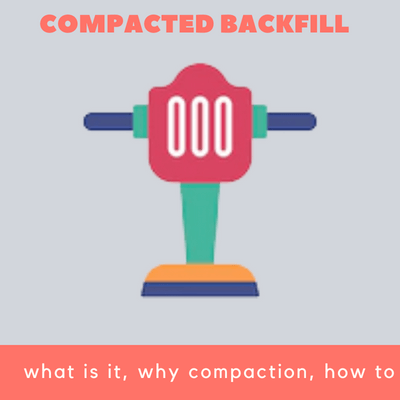
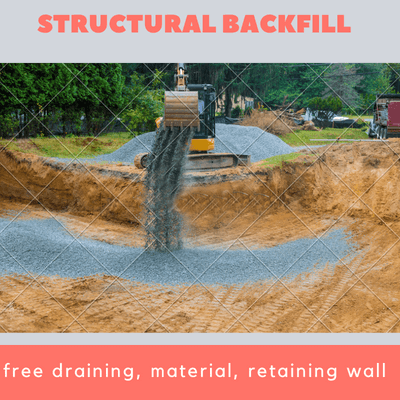



I like how you mentioned how these ground preparations are meant to provide the project’s final foundation with a firmer base. The swimming pool for my parents is expected to be built in the following month. To ensure that the excavation project is completed correctly the first time, I’ll ask them to heed your recommendations.
Hi Taylor Abrams, thanks